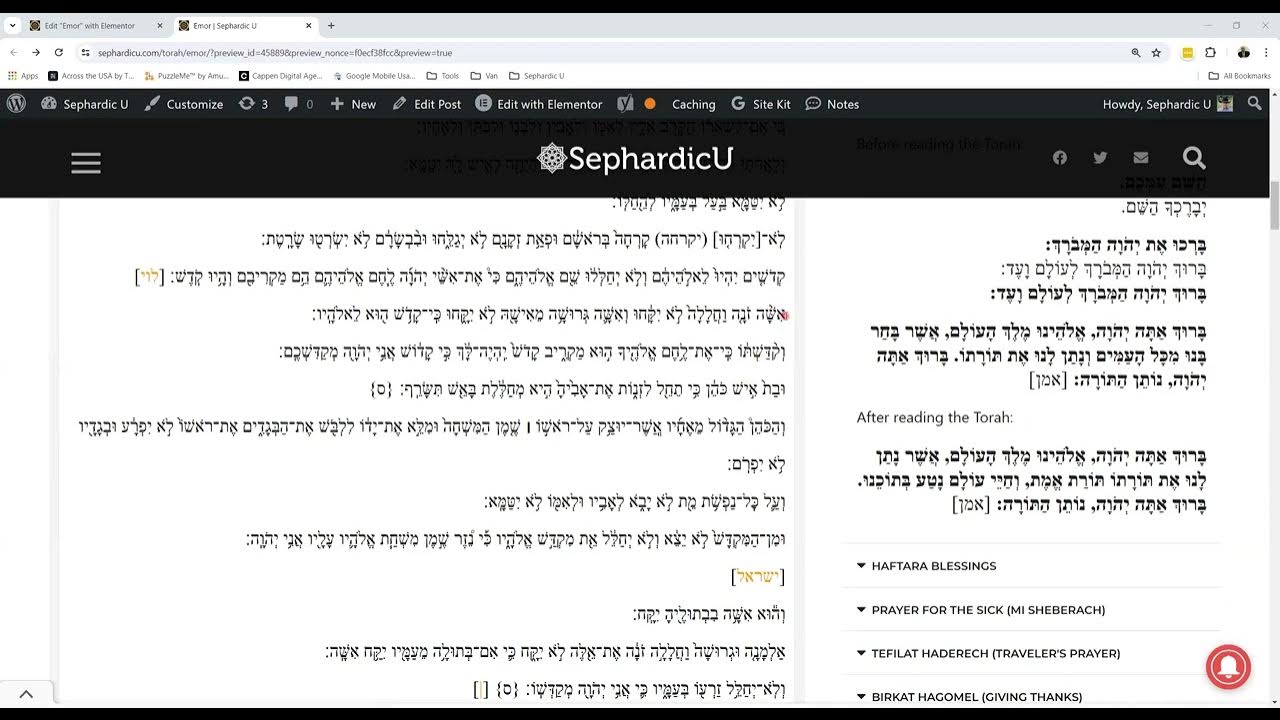Introduction
The Sephardic legacy is a vibrant tapestry woven over centuries, encompassing the journeys, struggles, triumphs, and contributions of Sephardic Jews across the globe. As we navigate the intricate paths of genealogy and heritage, it becomes paramount to not only uncover the past but also to preserve the invaluable narratives that shape our identity. In this section, we delve into the crucial role individuals play in safeguarding the Sephardic legacy, explore strategies for contributing to the collective narrative, discuss the ongoing mission of ensuring Sephardic stories endure, and highlight inspiring case studies of those who have made remarkable contributions.
The Role of Individuals in Preserving the Sephardic Legacy
Every individual holds a piece of the puzzle that makes up the Sephardic legacy. From elders who carry the oral traditions to younger generations passionate about their heritage, each person has a unique story to tell. Preserving the Sephardic legacy is not only the responsibility of historians or scholars; it is a collective effort that thrives when individuals recognize the significance of their own family histories and contributions.
Strategies for Contributing to the Collective Narrative
- Oral History Gathering: Conversations with family members, particularly the elderly, can yield precious insights into the past. Recording these oral histories ensures that the experiences, anecdotes, and cultural practices are passed down to future generations.
- Documenting Artifacts: Sephardic artifacts, such as traditional clothing, recipes, and religious items, hold a wealth of cultural knowledge. Photographs and descriptions of these artifacts can contribute to preserving the visual aspects of Sephardic heritage.
- Collaborative Projects: Joining hands with community organizations, local cultural centers, or online platforms dedicated to Sephardic heritage can amplify the impact of preservation efforts. Collaborative projects like digital archives or documentary initiatives provide a platform for stories to be shared on a broader scale.
Ensuring Sephardic Stories Continue to Shine
The mission to preserve the Sephardic legacy is ongoing and dynamic. It requires adaptability to changing times and a commitment to keeping the flame of heritage alive. This mission involves:
- Education and Awareness: Raising awareness about the significance of Sephardic heritage through workshops, seminars, and cultural events ensures that future generations understand and value their roots.
- Supporting Cultural Institutions: Museums, libraries, and cultural centers dedicated to Sephardic heritage need sustained support to continue their vital work of collecting, preserving, and showcasing artifacts and stories.
- Digitization and Accessibility: In the digital age, digitizing historical records, documents, and photographs ensures wider accessibility to Sephardic history. Online platforms and databases make it easier for individuals worldwide to explore their heritage.
Inspiring Case Studies: Contributions that Echo Through Time
Several individuals have left an indelible mark on preserving the Sephardic legacy. One such example is David Raphael Azulai, known as the “Hida.” A prolific writer, rabbi, and kabbalist, Hida documented Sephardic customs, genealogies, and historical events in his voluminous works, contributing immensely to our understanding of Sephardic life.
In the realm of music, Yasmin Levy stands out as a modern-day guardian of Ladino songs. Her passionate performances and efforts to keep Ladino music alive through fusion with contemporary styles have introduced a new generation to these melodies.
Conclusion: Ensuring the Sephardic Flame Continues to Burn
Preserving the Sephardic legacy is not a static task but a dynamic commitment to honoring our history, culture, and traditions. Each step taken to document, share, and celebrate our heritage adds to the collective narrative that defines who we are. Whether through oral histories, collaborative projects, education, or inspired individuals, the legacy of Sephardic Jews continues to flourish. As we nurture this flame, we ensure that the stories of our ancestors remain alive for generations to come.








Parashat Behar – Weekday Torah Reading (Moroccan TeAmim)